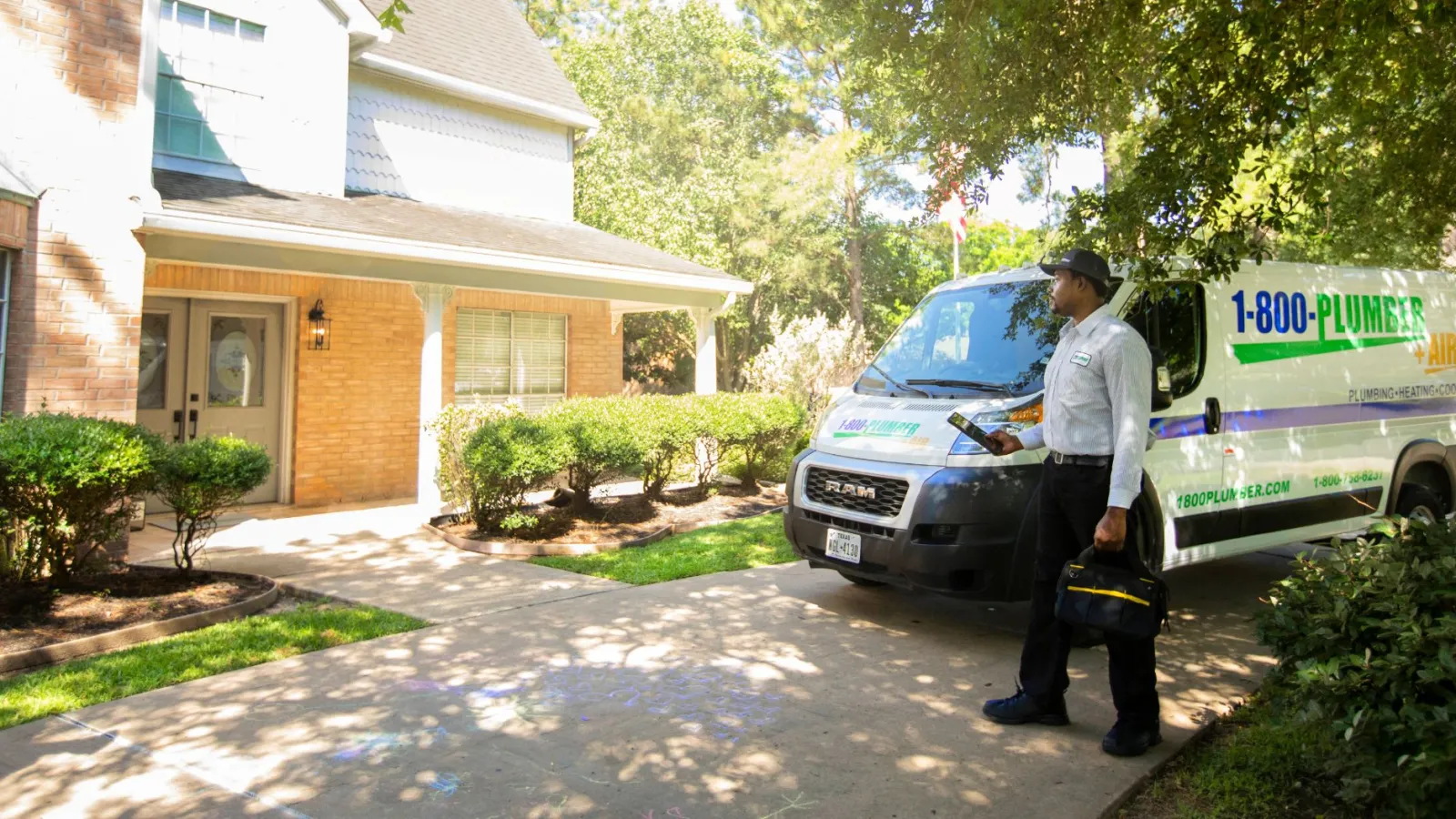Amarillo Cooling
SERVICES

A Guide to Thermostat Replacement
in Amarillo, Texas
Weather in Amarillo, Texas, varies between lows of 25°F and highs of 90°F or more. You need a reliable thermostat replacement to manage Amarillo's hot summers and dry, frigid winters.
Thermostats let you control your home's HVAC system. Without them, your AC and heater will overwork themselves and eventually break down when you need them most.
Some thermostats perform the bare minimum, like turning the unit on and off, and adjusting indoor temperatures as needed. Other models come with more features, like humidity control, WiFi settings, or programmable heating and cooling; these extra features improve efficiency, air quality, and save Amarillo residents $200 in energy bills or more.
A broken thermostat increases utility bills, but an improperly installed thermostat also causes more trouble than it's worth.
Learn more about thermostat replacements and how an HVAC technician can help.
Ready to
GET IT FIXED?
Contact Us Now!
How to Tell If Your Thermostat is Broken
Does your home feel unusually cold during winter despite cranking up the heat? Are you sweltering during summer with the AC on full blast? It's easy to misdiagnose the problem and point the finger at the furnace, but your thermostat may be the culprit if your HVAC system checks out.
These are the telltale signs of a broken thermostat:
The thermostat turns on and off for short periods of time
It won't power on at all
It turns on but does nothing
Rooms that aren't heated (or cooled) at all
Thermostat settings don't work
Power lights won't light up on the thermostat
Plummeting temperatures indoors
If your thermostat can't properly regulate your HVAC system, it will increase the risk of indoor air pollution and common colds from frigid, dry air indoors.
It's not just old thermostats that do this, either. Improperly installed thermostats are just as bad. Installation problems often occur when homeowners install thermostats themselves or hire an electrician, not an HVAC technician, to install the thermostat.
Signs of an Incorrectly Installed Thermostat
Incorrectly installed thermostats are a little deceptive. You're less likely to suspect a brand new thermostat, but if you watch closely, it'll exhibit signs of a broken thermostat.
Don't let the lights on your thermostat fool you. That new thermostat may look like it's on, but may be unresponsive. The central heating system may kick on, but that doesn't mean your thermostat is properly regulating your heating and cooling. It may run for hours without letting you stop it or shut off right before reaching its target temperature.
So, what went wrong?

Bad Installation Wiring
Bad wiring is one of the most common (and hazardous) signs of an incorrectly installed thermostat. This happens when homeowners troubleshoot thermostat wiring themselves or enlist a general election who's not experienced with HVAC wiring.
Incorrect HVAC wiring is more likely to blow out circuits; plus, you risk shocking yourself, or worse, electrocuting yourself in the process. If you're getting shocks, that means you're sending too many electrical currents through the HVAC system.
Poor DIY wiring doesn't just affect thermostat function. It can also damage your entire heating and cooling system and jeopardize your warranty. If you attempt to do your own wiring, you will need more than basic electrical wiring knowledge, and even that is a risk.


